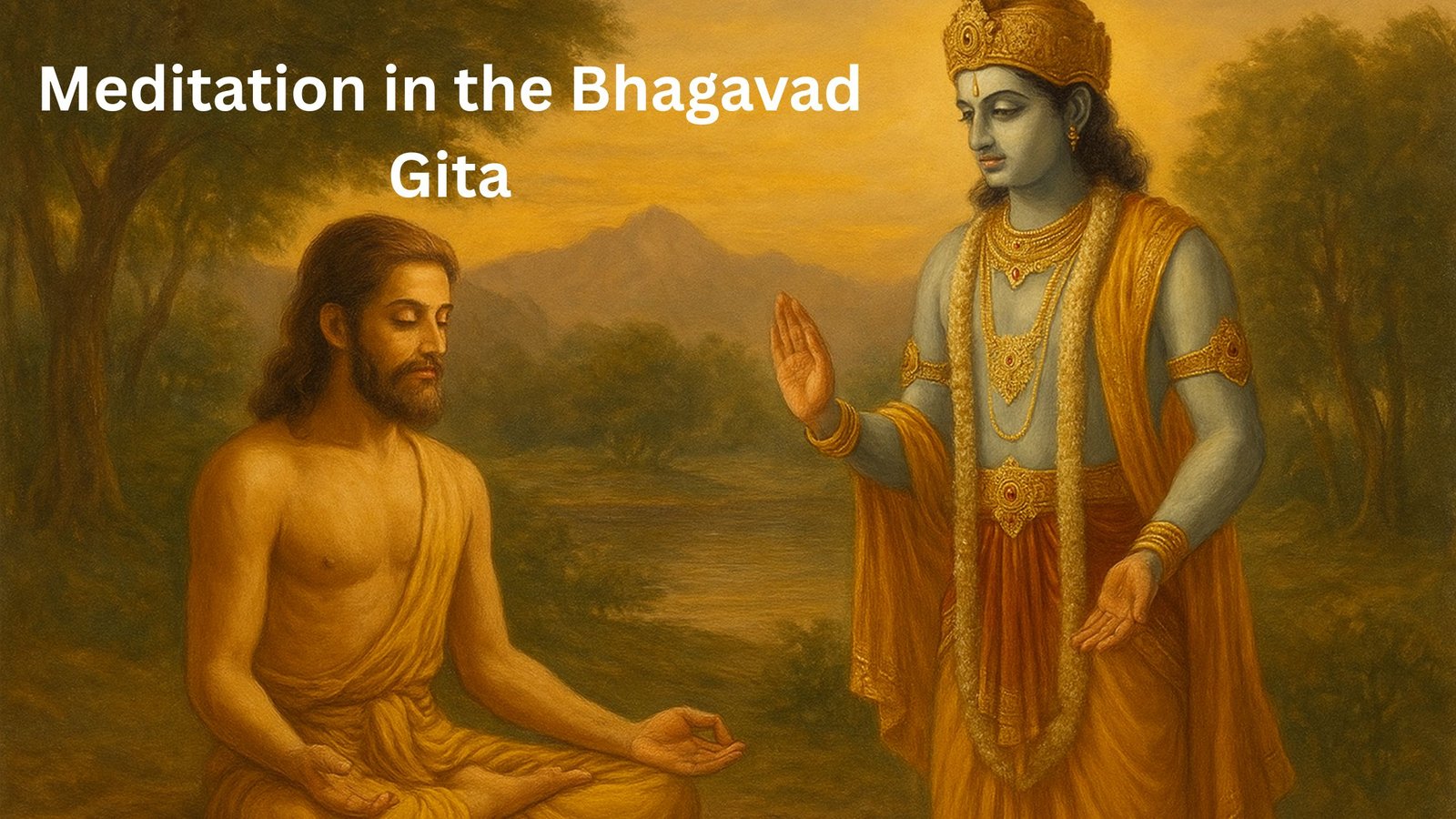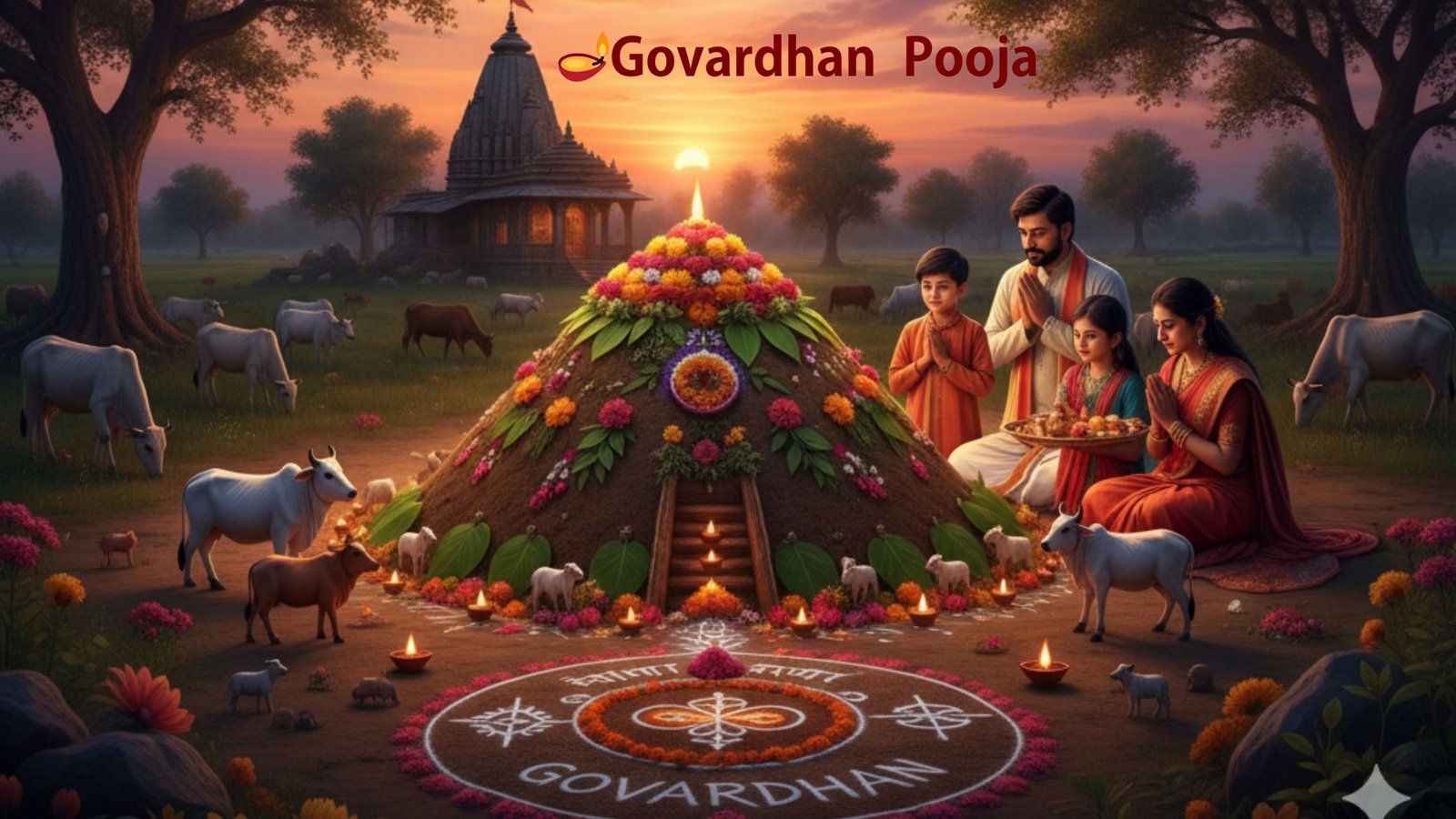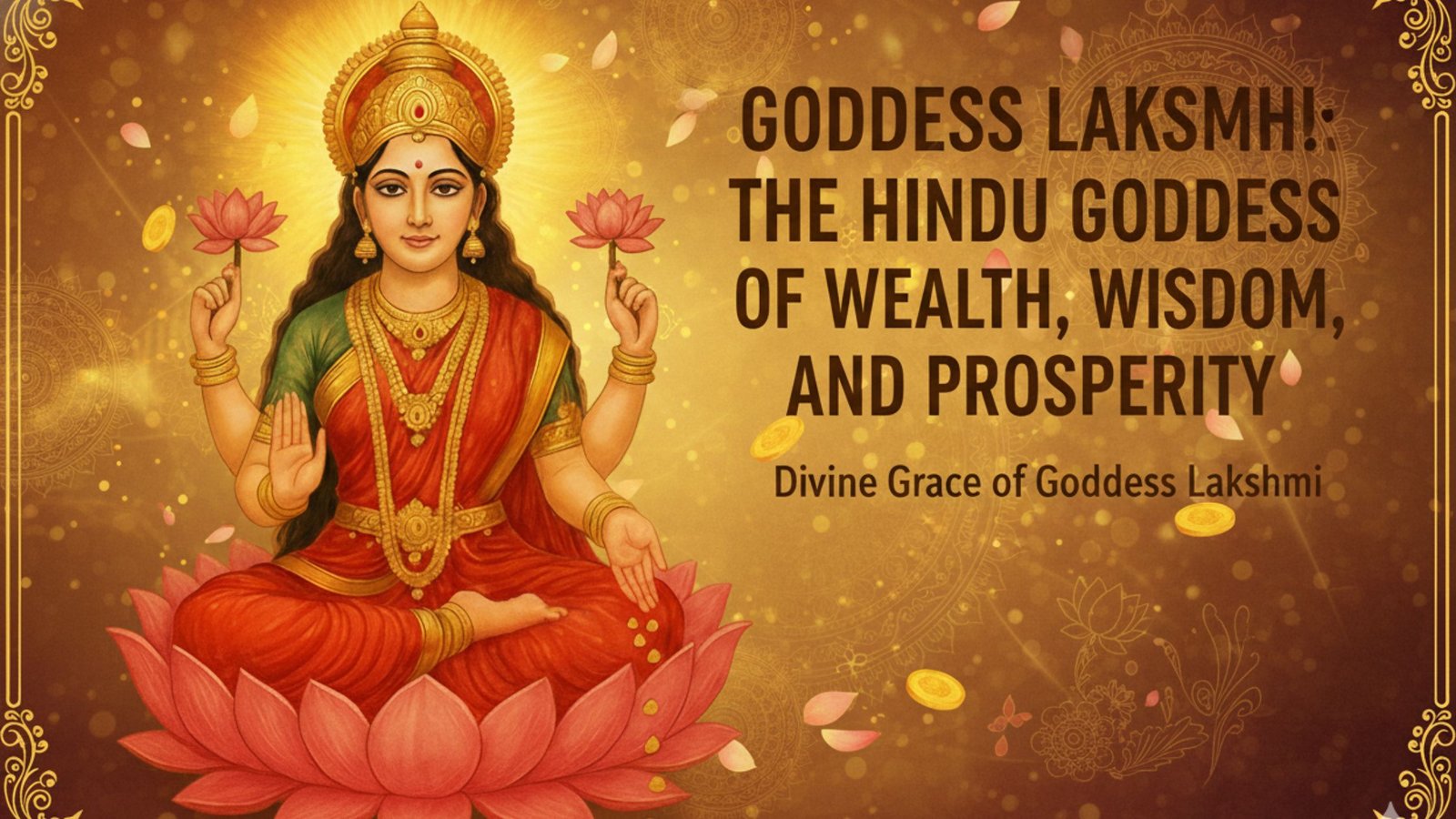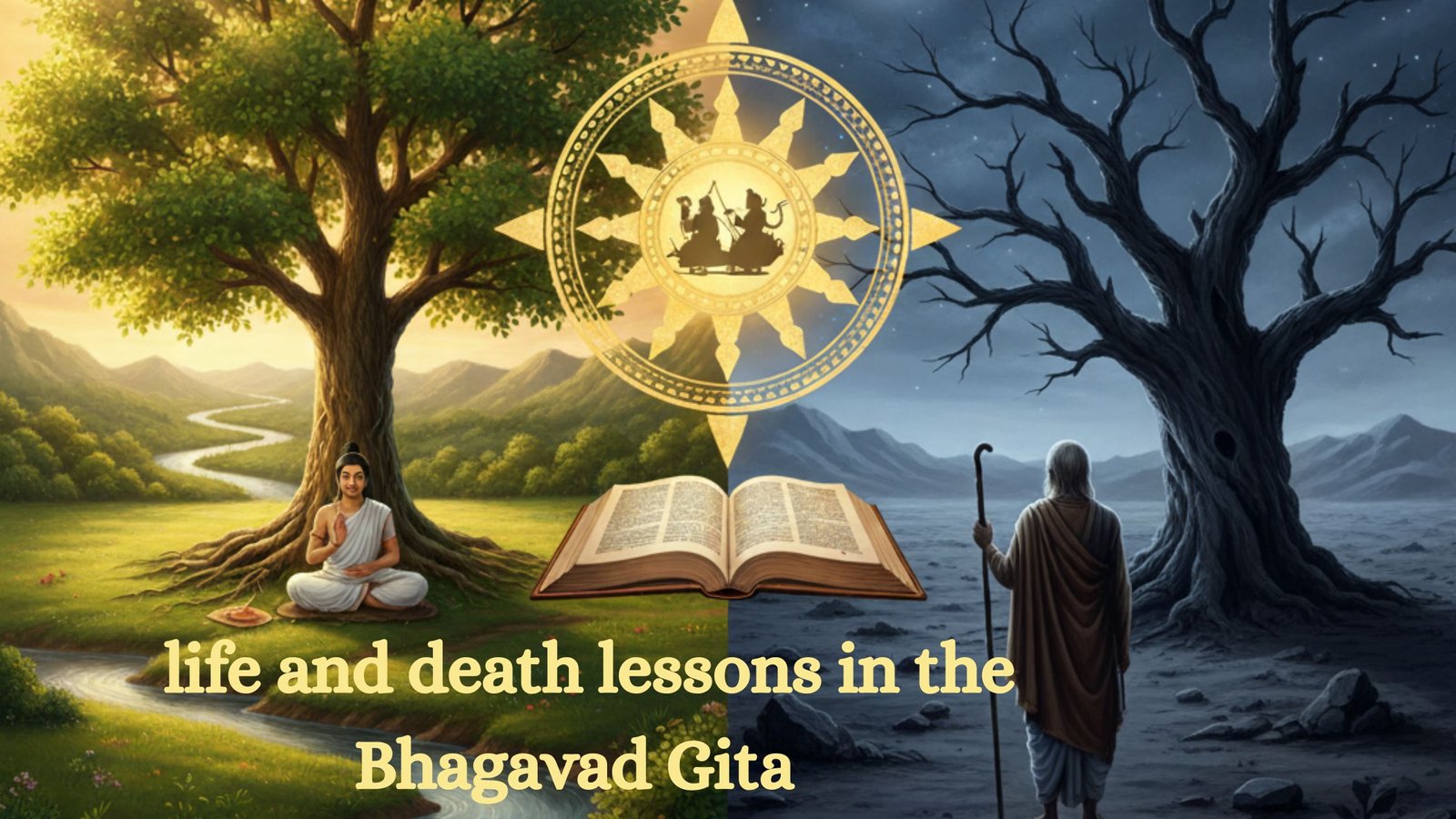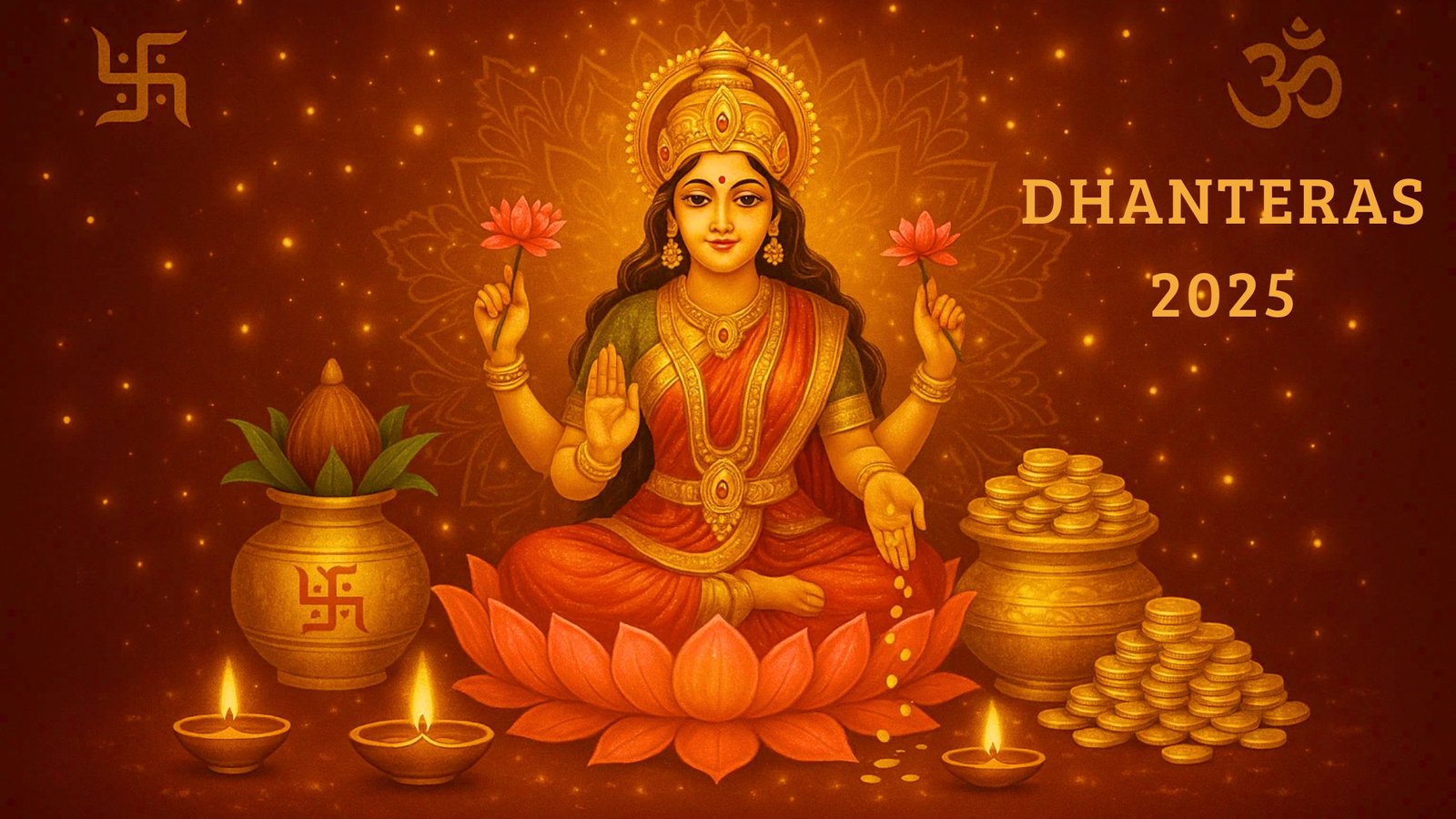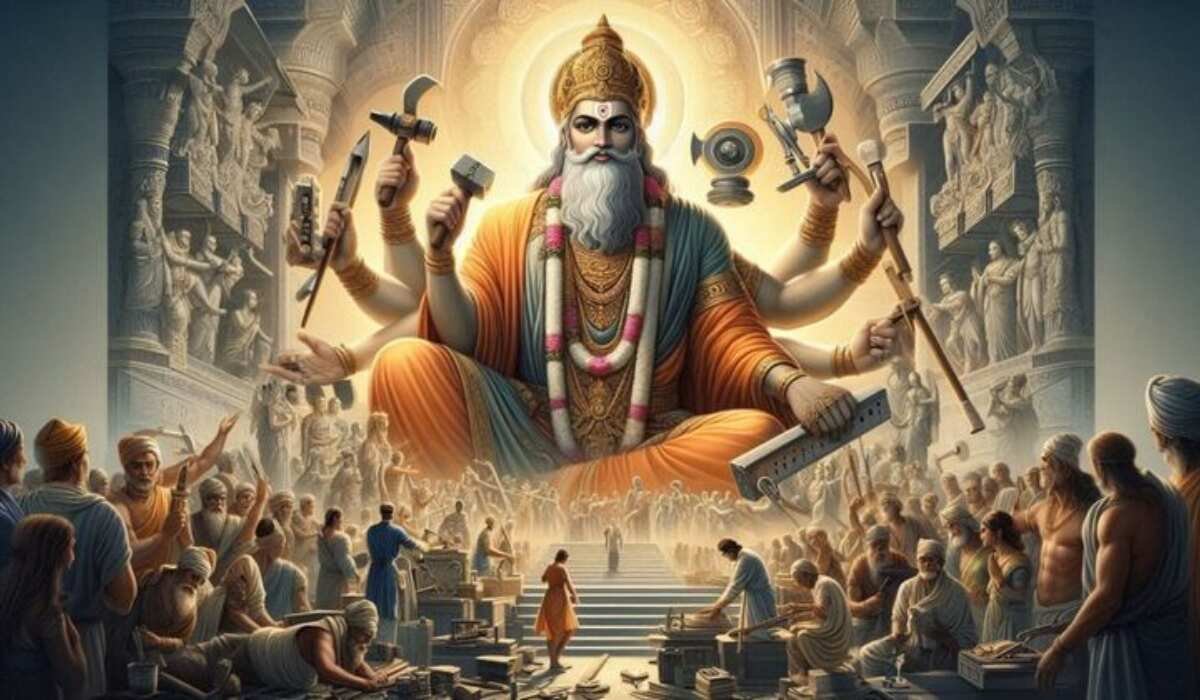Among all spiritual teachings ever revealed, Meditation in the Bhagavad Gita stands as one of the most powerful and timeless paths to inner peace. Lord Krishna, through His divine dialogue with Arjuna, unveils the sacred secret of controlling the mind, mastering the senses, and uniting with the Supreme Self.
In today’s age of distraction, understanding Gita philosophy on the mind becomes more essential than ever. The Bhagavad Gita does not teach meditation as an escape from the world but as a way to live with clarity, strength, and purpose. Meditation transforms confusion into calm, doubt into devotion, and fear into faith.
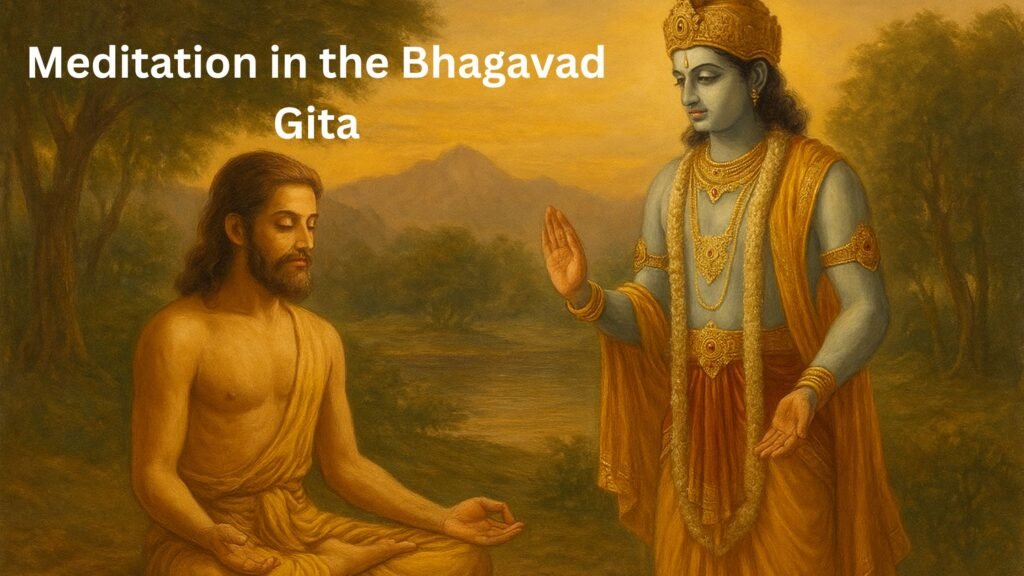
Table of Contents
In Chapter 6 — Dhyana Yoga or The Yoga of Meditation
The sixth chapter of the Bhagavad Gita, known as Dhyana Yoga or The Yoga of Meditation, is a divine guide for seekers who wish to discover the stillness beyond thought. Here, Lord Krishna explains how meditation leads to the highest form of self-realization.
“शरीरं स्थिरमासीनः सम्मत्स्थोऽनचलोऽस्पृशन्।
युञ्जन्नेवं सदा आत्मानं योगी नियतमानसः॥”
(Bhagavad Gita 6.11–6.15)
“Let the yogi sit steady, controlling the mind and senses, and fix his consciousness upon the Supreme; thus he attains peace that resides in Me.”
Lord Krishna begins by describing the right place, posture, and mental state for meditation. A clean, quiet space; a steady body; and a tranquil mind are the essential foundations. Meditation, He teaches, is not merely a practice of silence — it is the art of transforming the restless mind into a tool for divine realization.
This is the essence of Gita philosophy on the mind — that the mind, when disciplined, becomes our greatest ally, but when uncontrolled, becomes our fiercest enemy.
“For him who has conquered his mind, the mind is the best of friends;
but for one who has failed to do so, the mind will remain the greatest enemy.”
(Bhagavad Gita 6.6)
This verse defines Gita philosophy on the mind perfectly: the mind is both the battlefield and the bridge. Through meditation, the seeker learns to cross the river of restlessness and reach the shore of peace.
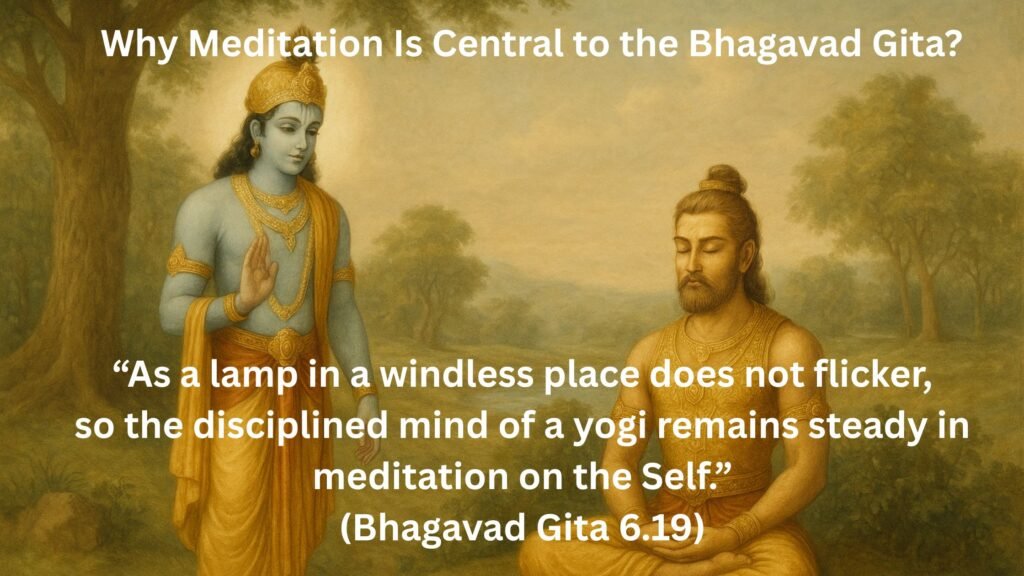
Why Meditation Is Central to the Bhagavad Gita
Lord Krishna emphasizes that meditation is the heart of yoga — a divine discipline that leads the soul from ignorance to enlightenment.
“As a lamp in a windless place does not flicker,
so the disciplined mind of a yogi remains steady in meditation on the Self.”
(Bhagavad Gita 6.19)
The Gita philosophy on the mind reveals that stability of thought brings stability in life. When the mind is still, the soul shines in its own light. Meditation becomes the means by which one transcends fear, desire, and attachment — realizing the eternal consciousness within.
Through constant meditation (abhyasa) and detachment (vairagya), Krishna assures that even the most turbulent mind can become calm.
“The mind is restless and difficult to control, but it can be conquered through practice and dispassion.”
(Bhagavad Gita 6.35)
Here, practice means persistence, not perfection. Every moment of awareness counts; every breath taken in mindfulness purifies the heart.
Steps of Meditation According to the Bhagavad Gita
In Chapter 6, Lord Krishna offers a step-by-step guide to meditation — a roadmap for spiritual seekers of every age:
- Prepare a Pure Space – A clean, quiet, and simple place is best for meditation.
- Sit Steadily and Comfortably – Keep the spine erect and body relaxed.
- Focus the Mind – Concentrate between the eyebrows or at the heart center.
- Control Desires – Free yourself from worldly cravings and distractions.
- Surrender to the Divine – Focus the heart on God, not on results.
When practiced with faith and regularity, these steps awaken divine awareness. The yogi begins to see the same Self in all beings.
“The yogi who is harmonized by meditation sees the Self in all beings and all beings in the Self.”
(Bhagavad Gita 6.29)
This realization of oneness is the crown jewel of Meditation in the Bhagavad Gita.
The Purpose of Meditation: Mastery of Mind and Liberation of Soul
The ultimate goal of meditation, as explained in the Gita philosophy on the mind, is to rise above the dualities of pleasure and pain, success and failure, desire and fear. Meditation purifies consciousness, leading to liberation (moksha).
“When one’s mind is disciplined and absorbed in the Self alone,
one is said to be established in Yoga.”
(Bhagavad Gita 6.18)
In this divine state, the meditator experiences boundless joy — the joy of the eternal Self. It is a peace that cannot be disturbed by the outer world.
“He who is satisfied with wisdom and knowledge, who remains steady and self-controlled, conquers the mind and attains peace.”
(Bhagavad Gita 6.8)
The Gita shows that meditation is not about running away from life but living it with awareness and balance. True meditation turns every action into worship and every breath into prayer.
Modern Relevance of Gita Meditation
Even thousands of years later, the teachings of Meditation in the Bhagavad Gita remain scientifically and spiritually relevant. Psychologists, neuroscientists, and spiritual masters now agree with what Gita philosophy on the mind taught long ago — that meditation reduces stress, improves focus, and cultivates compassion.
Meditation strengthens emotional balance, enhances self-awareness, and brings a deep sense of contentment. It helps modern seekers navigate the chaos of daily life while staying inwardly calm and spiritually connected.
Timeless Quotes on Meditation from the Bhagavad Gita
- “Meditation brings wisdom; lack of meditation leaves ignorance. Know well what leads you forward and what holds you back.” (Bhagavad Gita 2.64)
- “The yogi who looks equally upon all beings, whether friend or foe, attains supreme peace.” (6.9)
- “Fix your mind on Me alone, rest your intellect in Me; thus you shall live in Me always.” (12.8)
- “A mind disciplined by Yoga becomes the friend of the Self.” (6.6)
Each quote from the Gita reveals a different shade of meditation — as devotion, discipline, and divine union.
Lessons from Meditation in the Bhagavad Gita
- Control the Mind — Don’t Be Controlled by It
As per Gita philosophy on the mind, inner mastery begins when thoughts obey wisdom, not desire. - Balance in Everything
Krishna warns against extremes — moderation in food, sleep, and actions is the foundation of successful meditation. - Perseverance Is Power
Even if the mind wanders, bring it back gently. Progress in meditation is built on patience, not perfection. - See God Everywhere
True meditation ends in love and unity — seeing the Divine in all beings.
Frequently Asked Questions
1. What is Meditation in the Bhagavad Gita?
It is the process of focusing the mind inward to realize one’s divine nature and attain peace.
2. Which chapter of the Bhagavad Gita talks about meditation?
Chapter 6 — Dhyana Yoga, also known as The Yoga of Meditation.
3. What does the Gita say about controlling the mind?
The mind is difficult to control but can be mastered through practice (abhyasa) and detachment (vairagya).
4. Is meditation necessary for liberation?
Yes. Meditation is the bridge between self-awareness and liberation — the realization of the eternal Self.
Conclusion: The Eternal Message of Meditation
Meditation in the Bhagavad Gita is not a ritual — it is a revelation. It teaches that peace is not found outside but cultivated within. When the mind is still, the heart becomes the temple of God.
As Lord Krishna declares:
“Be steadfast in Yoga, O Arjuna. Perform your duty, abandoning attachment, and remain even-minded in success and failure — this is Yoga.” (Bhagavad Gita 2.48)
Through the wisdom of Gita philosophy on the mind, we learn that meditation is not an act of escape but an awakening. It is the way to master our thoughts, purify our emotions, and realize our divine nature.
Meditation is the bridge from chaos to clarity — from the restless mind to the eternal Self. It is the timeless path to peace, power, and liberation.
“This reflection is part of our ongoing exploration under Teachings from the Bhagavad Gita, where timeless wisdom meets modern life to guide us toward peace, purpose, and inner strength.”
The essence reminds us that behind every action, emotion, and experience, there is a deeper meaning waiting to be realized
